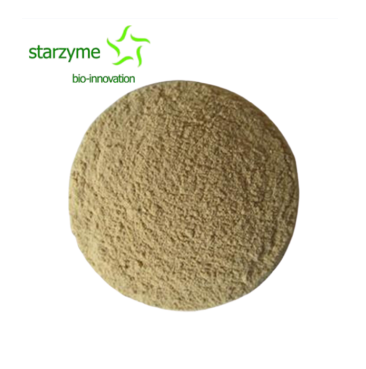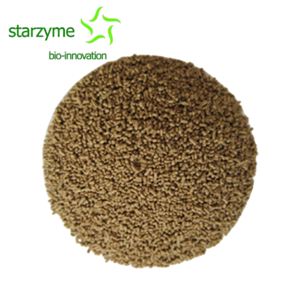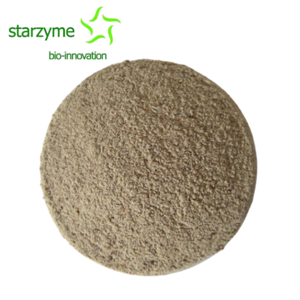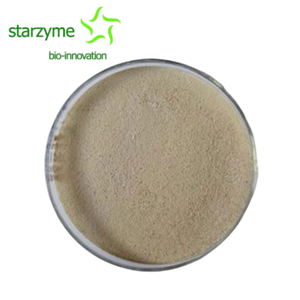Antibacterial Effects of Bacillus amyloliquefaciens and Its Application in the Pig Industry
In previous studies, a variety of effective antibiotic substances were isolated and purified from Bacillus amyloliquefaciens, and the compositional structure of them was clarified, which provided a theoretical basis for further elucidating the antibacterial abilities against bacteria and fungi. In this review, the antibacterial mechanisms are introduced, and its application in pig industry is reviewed in order to provide reference for development of the application as a probiotics.
The main antibacterial substances produced:
Bacillus amyloliquefaciens is a Gram positive bacterium that is closely related to Bacillus subtilis. It can be isolated and cultured from soil, plants, and some animal intestines. In 2007, the publication of the whole genome sequencing gradually deepened the research on its production of antibacterial substances. Numerous studies have shown that the secondary metabolites of Bacillus amyloliquefaciens contain various substances that inhibit animal and plant pathogens, mainly including small peptides and proteins with antibacterial effects, polyketide compounds, and lipopeptides formed through non ribose pathways.
1.1 Small peptides and proteins
Bacillus amyloliquefaciens FZB42 can produce wool sulfur antibiotics, which are small peptide antibiotics containing thioether amino acids and methyl wool sulfur amino acids. Wool sulfur antibiotics have inhibitory effects on some foodborne pathogens, such as Listeria monocytogenes, Staphylococcus aureus, and other Gram positive bacteria in combination with ammonium sulfate precipitation, liquid chromatography and sodium dodecyl sulfate polyacrylamide gel electrophoresis (SDS-PAGE) and other methods, isolated a protein that can inhibit Sclerotinia spinosa from the fermentation product of Bacillus amyloliquefaciens MET0908. The protein still has antibacterial effect after being treated at 80 ℃ for 20 minutes. An antimicrobial peptide was isolated from the fermentation broth of Bacillus amyloliquefaciens AG1 strain, which has an antagonistic effect on the pathogenic fungus Botrytis cinerea. It has certain heat resistance and acid-base stability. The CH86-1 strain is isolated from fermented soybean products, which has strong ability to dissolve fibrin. The fibrinolytic enzyme AprE86-1 was isolated and purified by tandem mass spectrometry. The genes encoding AprE86-1 protease in Bacillus amyloliquefaciens have high homology with Bacillus subtilis, and the fiber protease extracted from microorganisms has thrombolytic activity in animals.





